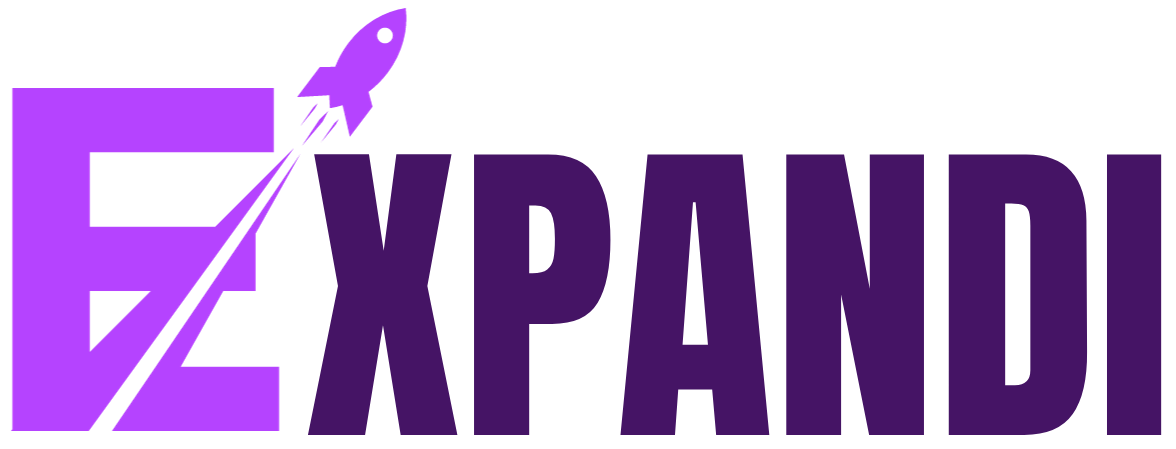In today’s data-driven business landscape, harnessing the power of information is crucial for achieving sales success. However, having access to raw data alone is not enough. To unlock its full potential, businesses are turning to a practice known as data enrichment. By enriching their data, sales teams can better understand their target audience, personalize their approach, and optimize their sales processes.
What is Data Enrichment
Data enrichment is the process of enhancing existing data with additional information to augment its value and provide deeper insights. It involves supplementing basic data points with more detailed attributes, such as firmographic data, demographic information, behavioural patterns, technographic details, geographical data, or psychographic characteristics.
By enriching data, businesses can gain a better understanding of their customers, leads, or target market, enabling them to personalize their marketing campaigns, improve customer segmentation, make informed business decisions, and optimize their sales processes.
Read More : Sales Metrics That Matter: Analyse And Track Key Performance Indicators
Types of Data Enrichment
Data enrichment enables businesses to gain deeper insights, improve the accuracy of their data, and make more informed decisions. There are various types of data enrichment used to enhance datasets. This section explores the different types of data enrichment methods and how they contribute to elevating data quality and overall business intelligence.
- Firmographic Enrichment
This type of enrichment focuses on enhancing data related to the firm or organization. It includes information such as company size, industry classification, location, revenue, number of employees, and other relevant firmographic attributes. Firmographic enrichment helps businesses understand their target market better and tailor their sales and marketing efforts accordingly.
- Demographic Enrichment
Demographic enrichment involves adding demographic data to customer or lead profiles. This can include information like age, gender, education level, marital status, household income, and other demographic characteristics. Demographic enrichment allows businesses to segment their audience, personalize communication, and create targeted marketing campaigns.
- Technographic Enrichment
Technographic enrichment focuses on enriching data related to the technology stack and software usage of a company. It includes information about the software and technologies employed by the organization, such as CRM systems, marketing automation tools, content management systems, and more. Technographic enrichment helps businesses understand the technology preferences of their target customers and align their offerings accordingly.
- Social Media Enrichment
Social media enrichment involves gathering data from social media platforms to supplement existing customer or lead profiles. It includes information such as social media handles, engagement metrics, interests, preferences, and publicly available posts or interactions. Social media enrichment can provide insights into customers’ interests, enabling businesses to personalize their marketing efforts.
- Geographical Enrichment
Geographical enrichment focuses on enhancing data with geographical information. It includes details such as addresses, zip codes, latitude and longitude coordinates, and other location-based attributes. Geographical enrichment helps businesses understand the geographic distribution of their customers, target specific regions, and tailor marketing campaigns based on location-specific factors.
- Behavioural Enrichment
Behavioural enrichment involves adding data related to customers’ past actions, interactions, and behaviours. This can include website browsing behaviour, purchase history, response to marketing campaigns, email engagement, and more.
- Psychographic Enrichment
Psychographic enrichment focuses on gathering data about customers’ attitudes, values, opinions, lifestyles, and motivations. This type of enrichment helps create more comprehensive customer profiles and enables businesses to understand the psychological factors influencing customer behaviour.
Read More: 7 Proven AI Tools For Sales Appointment Setting Services
How to Use Data Enrichment in Your Sales Process
Data enrichment can significantly enhance the effectiveness of your sales process by providing valuable insights and enabling personalized interactions with prospects and customers. Here’s how you can incorporate data enrichment into your sales process:
- Identify Key Data Points
Determine the specific information that would be most useful for your sales team. This can include demographic details, firmographic data, past purchase history, online behaviour, or any other relevant attributes that align with your sales objectives. - Gather Data from Various Sources
Access external data sources such as public databases, data vendors, or APIs to collect the additional information you need. This could involve integrating data enrichment tools or services into your existing systems or working with specialized providers. - Integrate Data Enrichment into your CRM or Sales Tools
Before enriching your existing data, ensure that it is cleaned and standardized. Remove duplicates, correct errors, and ensure consistency across records. Ensure that the data enrichment solution seamlessly integrates with your existing CRM system or sales tools to leverage the enriched data directly within your sales process without disrupting your workflow. - Append, Analyze and Interpret Data
Merge the enriched data with your existing dataset. Add the relevant attributes obtained from external sources to enhance the depth and quality of the information. This could include appending demographic details, geographic data, social media insights, or any other relevant information. Look for patterns, trends, or specific data points that can help you understand your leads or customers better. - Segment and Personalize
Utilize the enriched data to segment your prospects and customers into meaningful groups based on specific criteria. This segmentation allows you to tailor your sales and marketing messages, creating personalized experiences for each segment. - Improve Lead Scoring and Qualification
With enriched data, you can refine your lead scoring and qualification processes. Assign scores and prioritize leads based on the newly added attributes, enabling your sales team to focus on the most promising opportunities. - Enable Targeted Outreach and Nurturing
Leverage the enriched data to craft personalized and targeted outreach campaigns. Use the insights gained to understand the pain points, interests, and preferences of your prospects. This allows your sales team to engage in more meaningful conversations and build stronger relationships. - Continuously Update and Maintain Data
Data enrichment is an ongoing process. Regularly update and maintain your enriched data to ensure its accuracy and relevance. Monitor changes in customer profiles, industry trends, or market dynamics that may require further enrichment or updates.
Conclusion
Data enrichment has emerged as a powerful tool for sales teams looking to maximize their effectiveness in today’s competitive business landscape. By leveraging additional information and insights, businesses can gain a deeper understanding of their customers, personalize their sales approach, and ultimately drive better results. Embrace the power of enriched data and unlock the true potential of your sales efforts.
Stay tuned with expandi for more interesting and informative articles!





